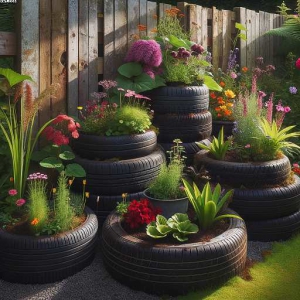Botrytis A Quick Look!
Botrytis A Quick Look!
Botrytis A Quick Look!
Most gardeners and growers cringe at the first sight of the dreaded “grey mould,” known as Botrytis cinerea. I do find that the fungus is synonymous with damp, warm conditions. Certain crops are more susceptible than others. Strawberries are the crop that comes to mind, but the dreaded fungus can become a nightmare for all growers. So, this fungus is what’s known as a “necrotrophic” . Of course, that means that the fungus kills the host to get all the nutrients that it needs.
Botrytis will also affect well-known plants grown indoors. attacking weak plants and dying flowers. Importantly, this fungus plays a big part in the natural growth cycle of nature. So, helping to form an important part of the natural breakdown of natural substances. Unfortunately, when it affects your precious plants, it can become a real pest problem.
6 signs of Botrytis
Botrytis, also known as grey mold, is a fungal disease that can affect a wide range of plants, including flowers, vegetables, and fruit trees. Some signs of botrytis infection include:
- Brown or gray patches on leaves, stems, or flowers. These patches are often fuzzy or cobweb-like in appearance and may spread rapidly.
- Wilting or drooping of affected plants.
- Black or brown lesions on the stems or fruit of plants.
- Shriveled, rotting, or decayed areas on the plant tissue.
- The presence of dark, spores on the affected plant tissue.
- A musty or moldy smell emanating from the affected plants.
If you suspect that your plants may be infected with botrytis, it is important to take action to control the spread of the disease. This may involve removing and destroying infected plant tissue, applying fungicides, and practicing good cultural control measures such as avoiding overhead watering and improving air circulation around the plants.
In my experience, the first signs can be seen on your plants in a damp, wet summer! with plenty of sun and rain. Unfortunately, this summer (2021) is such a year. The only thing you can do is keep an eye on your crop for the first signs of the dreaded dark spots.
The plant tissue, usually the leaves, will become darker and softer due to the death of the host plant’s leaves or flowers. Consequently, a furry grey mould will quickly develop on these dark spots.
Spores develop in the air
Unfortunately, the mold is spread by airborne spores. so affecting plants when the weather starts to warm up in the spring. Structures called condias are usually formed from previous years’ infected plants. These are airborne and transported through the air so coming into contact with the host plant’s leaves and other parts of the plant.
If you find that you have the start of an infection, then get rid of the plant parts that are infected. The infected plant parts should be burned if possible or taken as far away as possible for disposal.
I must say, though, that it is very hard to get rid of an infection and that losses are almost certain. This is because the mould sends out clouds of spores onto nearby plants when it is moved. As time passes, the infection spreads.
There are many preparations that claim to prevent botrytis attacks. One that I think is worth trying is prevention by using “BAC foliar spray” on your plants to try and help prevent an attack.

